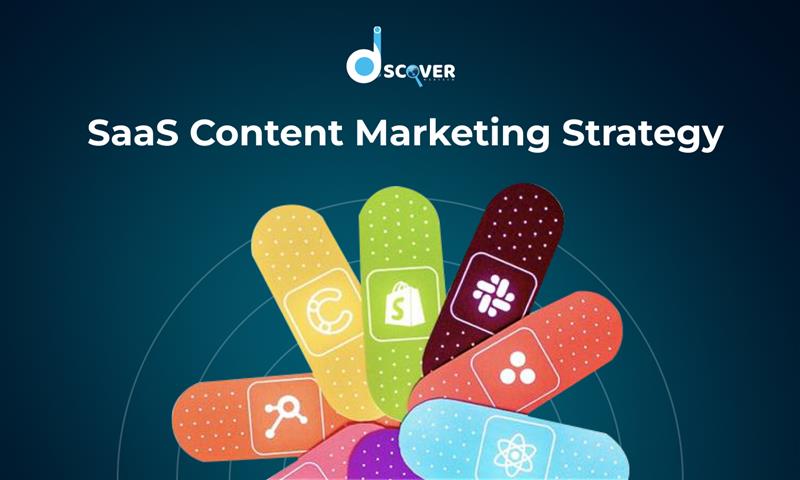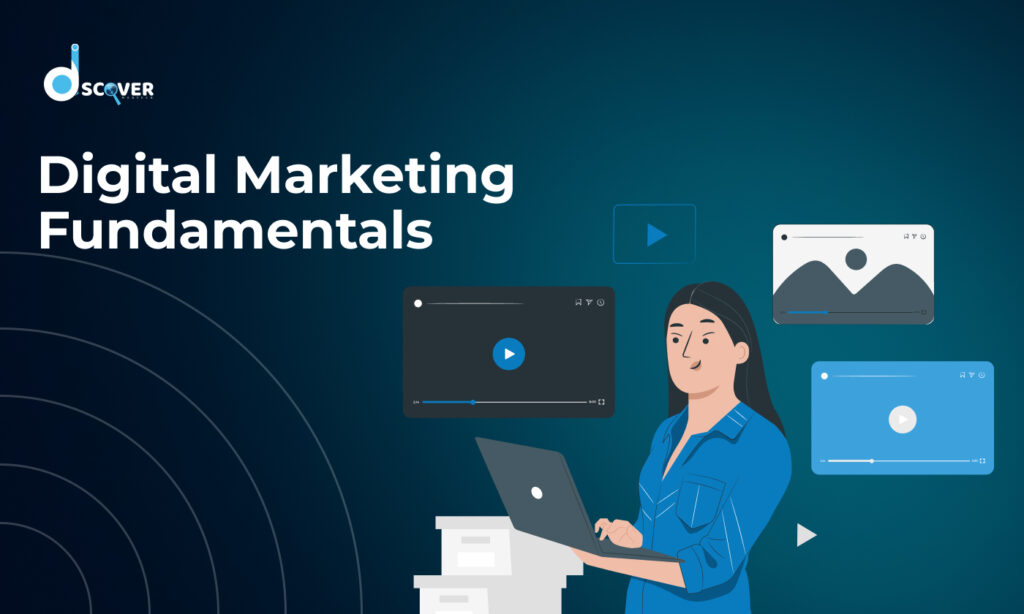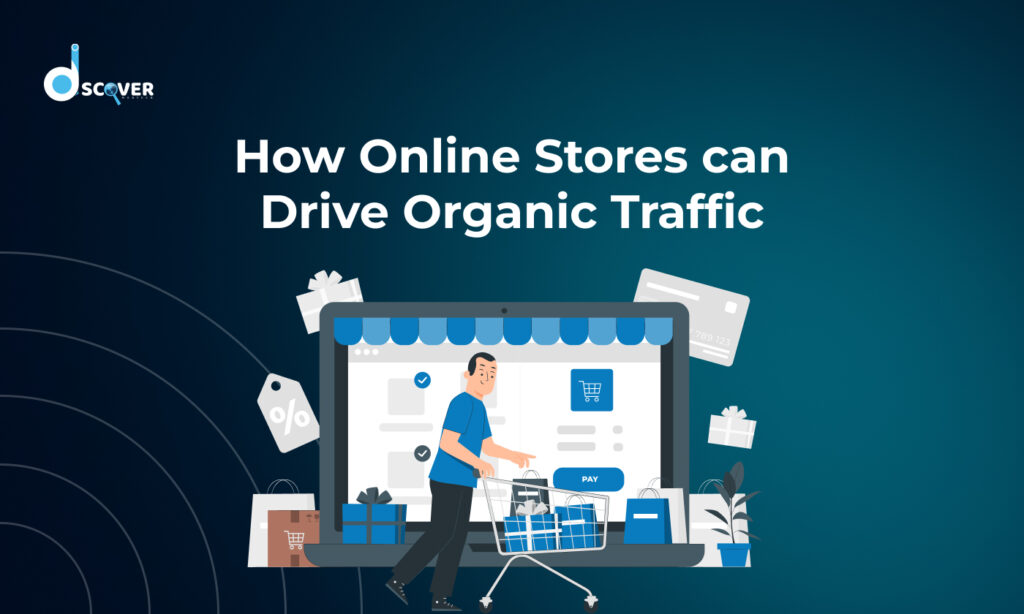
If you’re running a SaaS business and not investing in content marketing, you’re seriously missing out. With growing competition, smarter audiences, and longer buying cycles, a strong SaaS content marketing strategy has become essential. It helps SaaS brands build credibility, educate their users, and generate consistent, high-quality leads.
Let’s break down how to craft a powerful content plan that aligns with your business goals and speaks directly to your audience.
1. Why SaaS Content Marketing Matters
Today’s SaaS buyers conduct extensive research before making a decision. They read reviews, compare products, and look for educational content to solve their problems. That’s why SaaS content marketing is so critical—it positions your brand as a trusted authority at every stage of the buyer’s journey. By delivering high-value, insightful content, you build lasting relationships with potential customers, even before they book a demo.
2. Align Your SaaS Content Strategy with Business Goals
Your SaaS content strategy should always be grounded in clear business objectives. Whether you’re aiming to increase free trial signups, reduce churn, expand into new markets, or boost customer retention—every piece of content should serve a purpose.
Getting help from top digital marketing experts is essential to ensure your content aligns with your growth goals and delivers ROI. Set specific, measurable KPIs for your content efforts, such as website traffic growth, conversion rates, or the number of qualified leads. Align your strategy with your sales funnel and identify content opportunities for each stage: awareness, consideration, and decision.
3. Know Your Audience Inside Out
Effective SaaS marketing starts with understanding your users on a deep level. This means going beyond basic demographics and focusing on behavior, challenges, goals, and objections.
Create detailed buyer personas by gathering insights from customer interviews, support tickets, and analytics tools like Hotjar and Google Analytics. Knowing your audience helps you tailor your tone, topic selection, and messaging to deliver content that truly resonates.
4. Do Smart Keyword Research for Long-Term ROI
Keyword research remains the foundation of a successful SaaS content strategy. Start by identifying seed and primary keywords such as SaaS content marketing, SaaS content strategy, SaaS marketing, and SaaS marketing strategies.
Then expand to long-tail variations like:
- “How to create a SaaS content marketing strategy”
- “Best SaaS content for conversions”
- “SaaS blog topics for B2B software companies”
Use tools like Ahrefs, Semrush, or Ubersuggest to find keywords with decent volume and low-to-medium competition. Don’t forget to include LSI keywords to improve topical depth and relevance.
Here is our detailed guide on how to do keyword research effectively.
5. Structure a Scalable SaaS Content Strategy
Publishing random blog posts here and there won’t drive results. You need a structured SaaS content strategy that supports business objectives and delivers value consistently.
Here’s a simple framework:
- Top-of-funnel content: Educational blog posts, industry trends, thought leadership
- Middle-of-funnel content: Case studies, product comparisons, how-to guides
- Bottom-of-funnel content: Product tutorials, customer testimonials, pricing pages
Use a content calendar to plan and balance your efforts across the funnel. This approach ensures your audience always has something relevant to engage with, no matter where they are in the buyer journey.
6. Create High-Quality, Actionable Content
The internet is full of content, but very little of it is truly helpful. It’s not just about ranking—it’s about being useful. Your content should solve real problems, provide clear takeaways, and offer a unique perspective.
Types of content that work well for SaaS marketing include:
- Step-by-step tutorials
- Use case breakdowns
- Strategy guides tailored to your niche
- Data-driven insights or reports
Incorporate visuals, examples, and real-world applications wherever possible to increase engagement and shareability.
7. Include Video Content in Your Strategy
Video content has become a major growth driver for SaaS brands. Users are more likely to watch a quick product walkthrough than read a 1,000-word blog post—especially on mobile.
Consider integrating short-form videos into your SaaS content marketing plan, such as:
- Feature overviews
- Customer testimonials
- “How it works” tutorials
You can embed these in blog posts, landing pages, and email sequences to increase time-on-page and conversions.
8. Promote Your Content Across Multiple Channels
Content creation is only half the battle. To get real results, you must actively promote and distribute your content across the right platforms.
Focus on:
- LinkedIn for B2B visibility
- Twitter/X for SaaS communities and updates
- Email marketing for nurturing leads
- Reddit and Slack groups for niche discussions
Tailor your messaging to each platform and avoid simply posting links. Start conversations, offer insights, and build genuine engagement.
9. Master SEO Basics for Better Rankings
To ensure your content ranks well, follow on-page SEO best practices:
- Use targeted keywords in titles, meta descriptions, headers, and URLs
- Write clear, concise meta tags that encourage clicks
- Optimize images with alt text and proper compression
- Link internally to related posts and product pages
- Ensure your site is fast, mobile-friendly, and secure (HTTPS)
A strong SEO foundation enhances the visibility of your SaaS content strategy and delivers consistent organic traffic.
10. Measure, Analyze, and Optimize
You can’t improve what you don’t measure. Use tools like Google Analytics, Google Search Console, and HubSpot to track performance and identify what content is converting best.
Important metrics to monitor:
- Organic traffic growth
- Bounce rate and session duration
- Lead conversion rate
- Scroll depth and CTA clicks
Regularly audit and update underperforming content. Use A/B testing to experiment with headlines, CTAs, and visuals. Continuous optimization is key to maintaining long-term success.
11. Repurpose and Scale Your Efforts
As your library of content grows, look for ways to repurpose top-performing content into other formats. For example:
- Turn a blog post into a webinar
- Convert a case study into a carousel for LinkedIn
- Split a tutorial into a short video series
Repurposing helps you reach new audiences while saving time and resources. Use automation tools like Buffer, Zapier, and Notion to streamline publishing and tracking.
Final Thoughts
Creating a strong SaaS content marketing strategy is about more than publishing blog posts. It’s a deliberate, data-informed approach to attracting, engaging, and converting the right audience. Start by aligning your content with business goals and buyer personas. Use smart keyword research to uncover opportunities, and structure your content by funnel stage. Create actionable, helpful content that provides real value, and don’t forget the power of video and multi-channel promotion. Measure everything, optimize based on performance, and scale your efforts with smart repurposing. When done right, a well-executed SaaS content strategy doesn’t just generate traffic—it builds trust, loyalty, and long-term growth.
Contact us for our content strategy
Check out our latest blog on – ‘What Is Pagination in SEO and Why It Matters’


